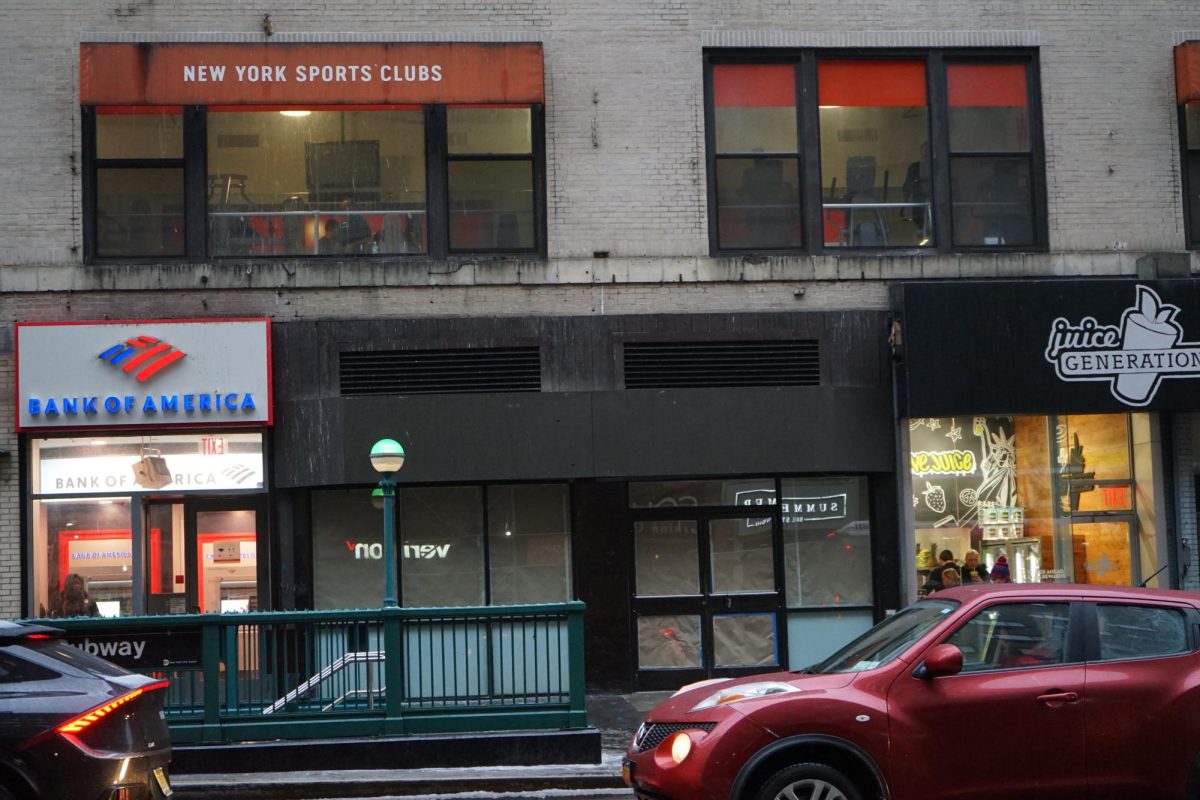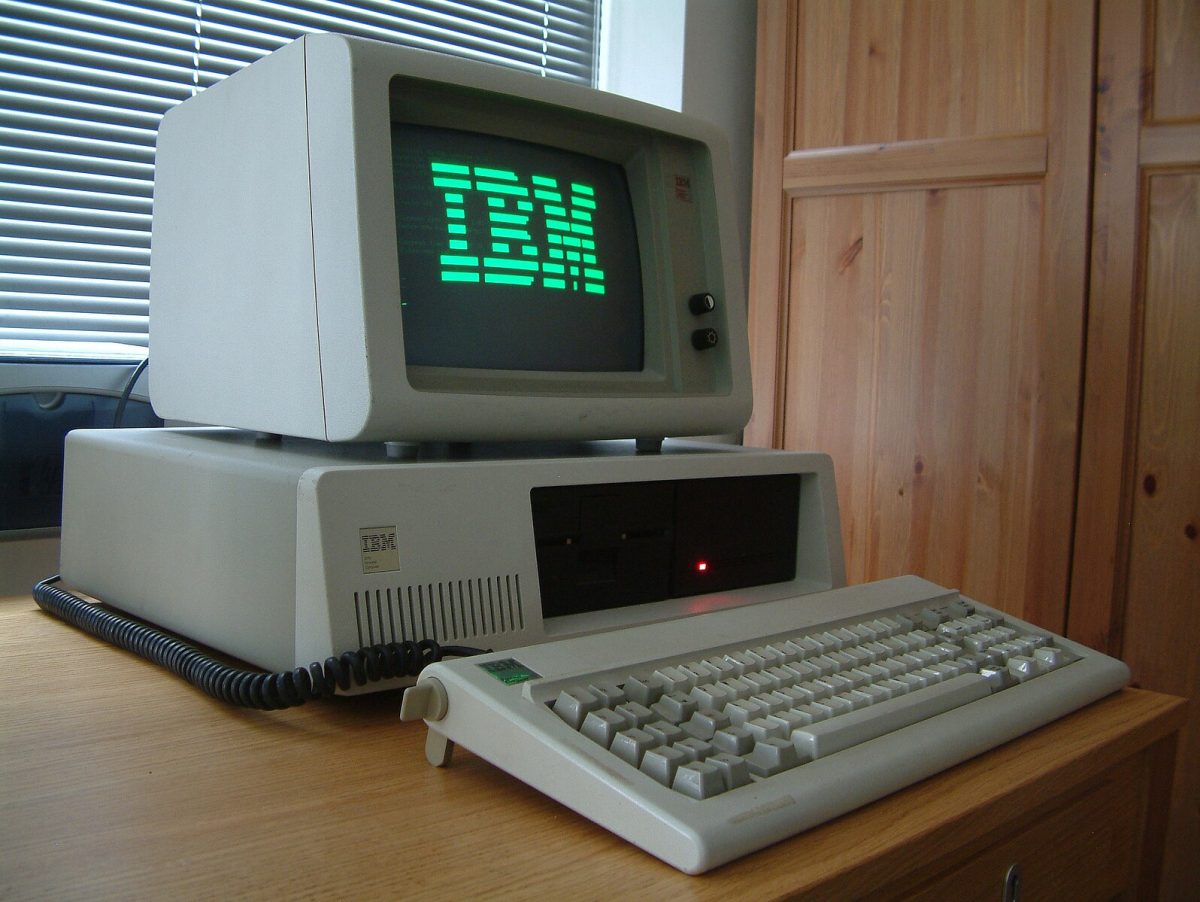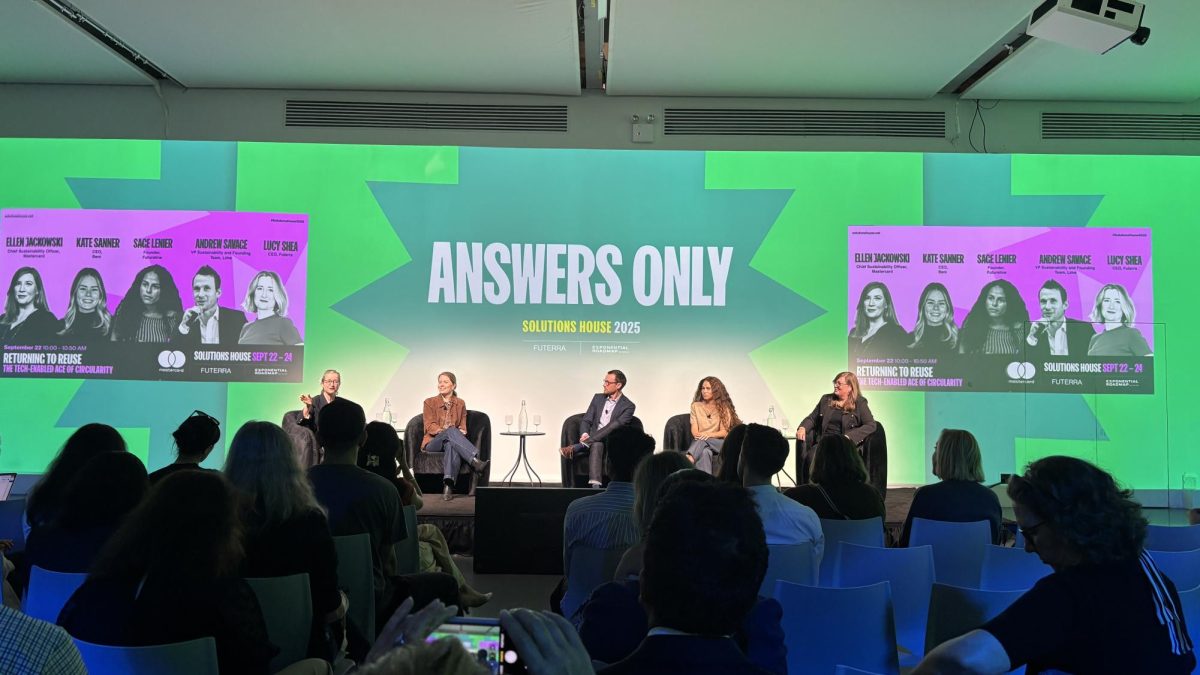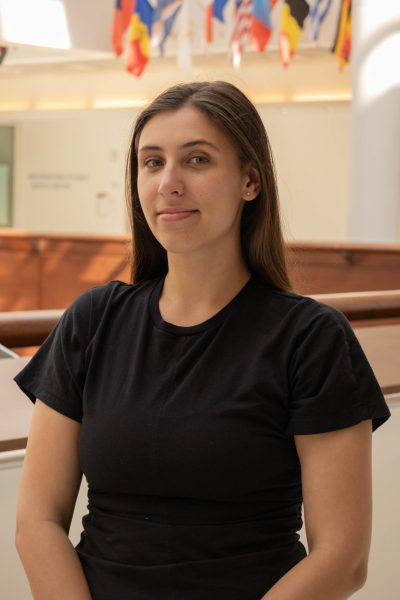Say goodbye to $2 pick-me-up coffees and affordable cigarettes; the 7-Eleven nestled between Bank of America and Juice Generation on 23rd St. has taken down its iconic orange, white, and green sign.
The closure comes after more than 400 7-Elevens shut their doors across the nation due to underperformance. Operating in 19 countries with the promise of bringing convenience to everyday lives, the 98-year-old chain has faced challenges with competitors and declining profits.
Once a big profit source for the chain, cigarette sales have decreased 26% since 2019. The business is also dealing with high inflation while trying to maintain affordability for consumers. Yet the closures and competitors are not stopping it from opening new locations across the country.
“We plan to open 125 of these new stores in 2025, and we are ramping up and growing our pipeline with plans to open over 500 of these new stores by 2027,” Joseph DePinto, CEO of 7-Eleven, told Nation’s Restaurant News.
Closing 444 stores nationwide may also signify a new beginning for the company. In a statement to CNN, 7-Eleven said it plans to “open stores in areas where customers are looking for more convenience.”
The 7-Eleven in Gramercy had more competitors than it knew, with delis, food trucks, and fast food running up and down 23rd St. Surrounded by delis and local businesses, Baruch College students may opt to crowd Bagel Express, Heavenly Market and Empire Gourmet Deli instead of chain stores like 7-Eleven.
“The locations being closed have likely suffered from a disproportionate decline in foot traffic and customers as consumers battle with rising food prices and cut back on the amount they buy,” Neil Saunders, a retail industry analyst, told CNN.
7-Eleven had been a staple for quick snacks and cigarette runs, but when it comes to everyday food in the middle of New York City, there may not be enough room for another to compete with all the others in the area.
While the chain prioritizes profit, convenience, and searches for new locations, 7-Eleven said it would use this time to find communities that would benefit from affordable and convenient goods.








